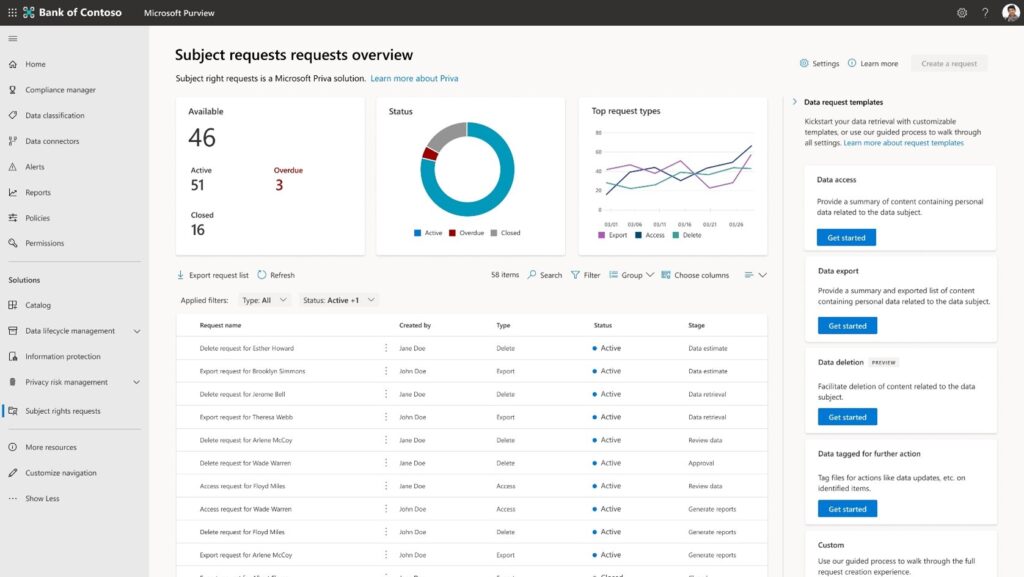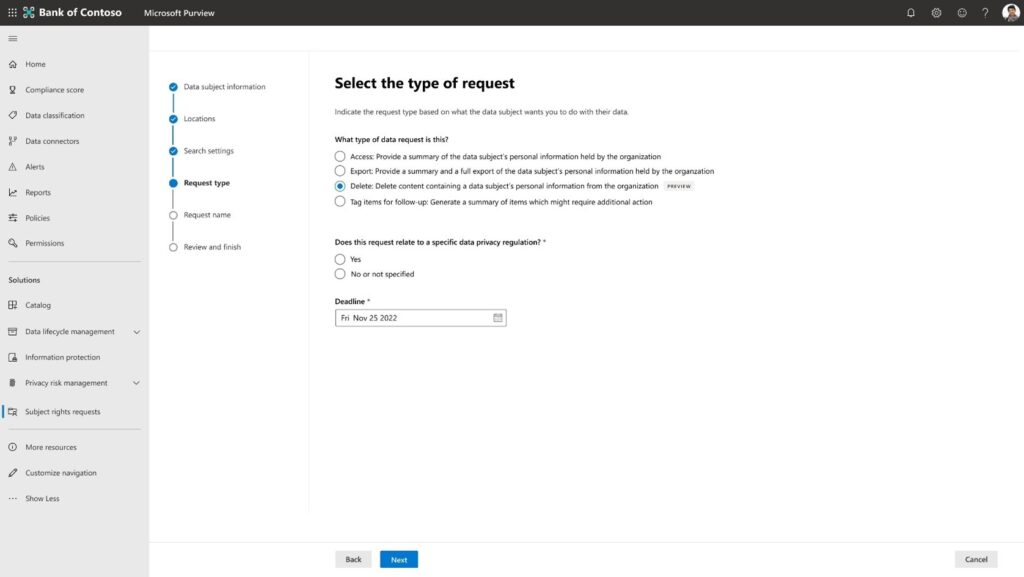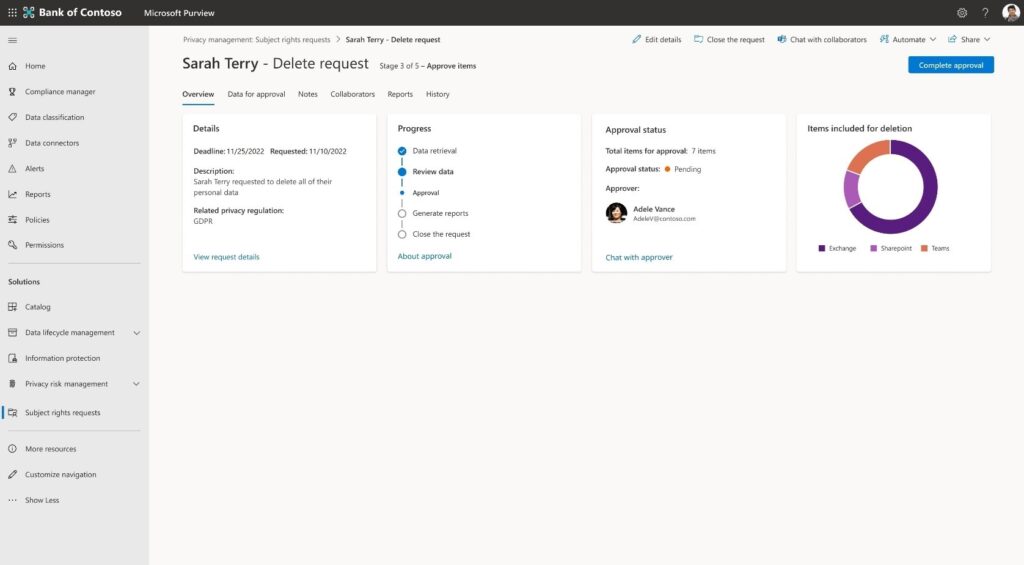Notizie per Categorie
Articoli Recenti
- [Launched] Generally Available: Latest PostgreSQL minor versions supported by Azure Database for PostgreSQL flexible server 2 Luglio 2025
- [Launched] Generally Available: Azure DNS security policy 2 Luglio 2025
- [In preview] Public Preview: Azure SQL updates for early-July 2025 2 Luglio 2025
- [Launched] Generally Available: Azure SQL updates for early-July 2025 2 Luglio 2025
- Retirement: VM Insights Map and Dependency Agent are being on June 30, 2028 2 Luglio 2025
- Planning your move to Microsoft Defender portal for all Microsoft Sentinel customers 1 Luglio 2025
- [Launched] Generally Available: Azure App Service on Azure Stack Hub 25R1 1 Luglio 2025
- Jasper Sleet: North Korean remote IT workers’ evolving tactics to infiltrate organizations 30 Giugno 2025
- [Launched] Generally Available: Encryption in Transit (EiT) for Azure Files NFS shares 30 Giugno 2025
- [Launched] Generally Available: Query editor in Azure Monitor Metrics 30 Giugno 2025
Simplify privacy protection with Microsoft Priva Subject Rights Requests
The General Data Protection Regulation (GDPR) came into effect in 2018 and set a new standard for the level of control individuals in the European Union had on the personal data they shared online. Since then, the number of privacy regulations around the world has flourished and impacted the privacy landscape we see today. According to Gartner®, by the end of 2024, three-quarters of the world’s population will have its personal data covered by modern privacy regulations.1 Today, additional regulations like the California Consumer Privacy Act (CCPA) and Brazil’s Lei Geral de Proteção de Dados (LGPD) empower people to exercise their right to request the personal data that organizations have collected from them.
When organizations respond to subject rights requests, they are both meeting their regulatory requirements and providing people with control over their personal data. Although responding to requests can be quite complex, Microsoft Priva Subject Rights Requests can help ease the process—and with the preview arrival of Right to be Forgotten, Priva Subject Rights Requests can further support how organizations respect the privacy of their customers and employees.
Understanding how people think about privacy
As many businesses around the world adapt their privacy practices, having both the tools that help address privacy requirements and a good understanding of how consumers perceive and feel about privacy are key to enabling trust with customers. Microsoft Priva, the brand category for Microsoft Security, was announced at Microsoft Ignite in 2021 by Vasu Jakkal, Corporate Vice President of Microsoft Security, Compliance, and Identity.2 Priva solidified our commitment to supporting organizations in their privacy journey with products that help safeguard personal data and manage subject rights requests at scale. For organizations, having processes that help manage their privacy is critical, but it is also valuable to have a deep understanding of how people really think about privacy to guide their practices. We recently commissioned privacy research that explores the emotional textures of privacy and what triggers privacy vulnerability. We learned that when businesses empathize with the privacy concerns people have and transparently address them, they foster trust and differentiate themselves from competitors.
It’s important for organizations to assess the varying causes that spark privacy vulnerability for both their consumers and their business. For example, a consumer may feel anxious or helpless because they don’t know how their personal data is being used. However, if they are provided with transparency of how their data is being used and given clear options that enable the control of their data, their insecurities could be eased and trust in the process earned. For a business, privacy vulnerability could present itself through limited transparency or basic compliance—leaving room for privacy risk to potentially unfold. For instance, a business that might fulfill a data subject request unconvincingly, or with basic effort, could be managing its privacy at a vulnerable level. If that business were to practice a “beyond-compliance,” human-centered privacy approach, they could yield practices that help them build privacy resilience—helping them stand apart from their competitors while they earn trust from their customers.

Figure 1. The differing perspectives of consumers and businesses regarding privacy vulnerability versus privacy resilience.
The above figure demonstrates a privacy scale ranging from vulnerable to resilient and includes both consumer and business perspectives. On the consumer side, it ranges from feeling anxious, helpless, and lacking knowledge or motivation in protective coverage to secure, being in control, trusting the process, and being skilled in protective coverage. On the business side, it ranges from basic compliance, limited transparency, minimal control, and reactive approaches to beyond compliance, authentic privacy care, reciprocating data for value, and a proactive approach to consumer protection.
Microsoft Priva Subject Rights Requests can help
Many times, even though an organization may be focused on a proactive privacy approach, managing and responding to subject rights requests can be a tedious and cumbersome process. It can be extremely time-consuming and taxing as they are also time-bound, bringing extra complexity to the organization. Responding to these requests often requires a tremendous amount of collaboration and manual review, and producing just a single request can be quite expensive. Nonetheless, completing these requests is not just an obligatory requirement, but also a tangible way that expresses respect for customer and employee privacy.
Priva helps organizations more efficiently manage requests at scale—Priva Subject Rights Requests automates the search and collection of content relevant to the data subject and facilitates tasks such as in-line review, redaction, and collaboration, all from an easy-to-use dashboard. Admins can easily get started by leveraging request templates that help them create requests with recommended default configurations and use Microsoft Power Automate integration, as well as API support to better fit into their existing processes.

Figure 2. Priva Subject Rights Requests overview dashboard showing insights.
Priva Subject Rights Requests help admins meet the strict deadlines associated with regulations like GDPR and ease the administrative burden of tedious tasks related to collection, review, and redaction. Completing a request also often requires teamwork from various departments within the organization. Priva provides secure collaboration through Microsoft Teams and keeps a history tab, highlighting actions taken from all collaborators for easy auditing—streamlining the complexity of requests from beginning to post-completion.
Microsoft Priva Subject Rights Requests highlights:
- Automates discovery: Gathers the requestor’s personal information and detects data conflicts such as sensitive information or data pertaining to other users.
- In-place review and secure collaboration: Review files in place in their native views, perform redactions in-line with built-in tools, and consolidate collaboration within a protected platform.
- Ecosystem integration: Plugs into an organization’s existing process to manage requests in a unified way across the digital estate. Microsoft Graph subject rights requests API integrates Priva Subject Rights Requests with in-house or partner-built privacy solutions.
The newest Priva Subject Rights Requests update, Right to be Forgotten, is here

Figure 3. Admins can select delete as a request type on Priva Subject Rights Requests.
Both GDPR and CCPA include the Right to be Forgotten, giving people the ability to request the deletion of all the information an organization has collected about them, with a few outlined exceptions that allow data retention. For example, a former employee in an EU-based company believes she left documents containing her personal data in SharePoint. The employee can exercise her right to her personal data and make a subject rights request for deletion with that organization. As Priva Subject Rights Requests continues to evolve, we are excited to share the preview release of Right to be Forgotten, helping organizations meet requests such as the employee’s request for deletion.
This marks a significant update for Priva Subject Rights Requests as with this new feature, admins can now select delete as a request type, or get started with the delete template and get purpose-built flows that help surface conflicts and streamline deletion—leveraging the Microsoft retention and deletion platform and working better together with teams already using data lifecycle management and records management. This feature will also enable admins to have the flexibility to select different approvers for any given request and, once the workflow is complete, access to the reports tab where they can view their summary report and review results.

Figure 4. Delete request in the approval stage, showcasing approver details and the complete approval button.
Learn more
Although completing subject rights requests can be complex, Microsoft Priva Subject Rights Requests can help ease the process. As organizations continue to adapt to the privacy changes that impact their customers and their business, we are reminded that although changes to the privacy landscape are inevitable, there are resources to support these shifts. We invite you to learn more about Priva Subject Rights Requests by downloading our free eBook and encourage you to try Microsoft Priva Subject Rights Requests free trial today.
To learn more about Microsoft Security solutions, visit our website. Bookmark the Security blog to keep up with our expert coverage on security matters. Also, follow us at @MSFTSecurity for the latest news and updates on cybersecurity.
1State of Privacy: The Privacy Tech Driving a New Age of Data Wealth, Gartner®. August 2022.
2Protect your business with Microsoft Security’s comprehensive protection, Vasu Jakkal, Microsoft Security. November 2, 2021.
The post Simplify privacy protection with Microsoft Priva Subject Rights Requests appeared first on Microsoft Security Blog.
Source: Microsoft Security
